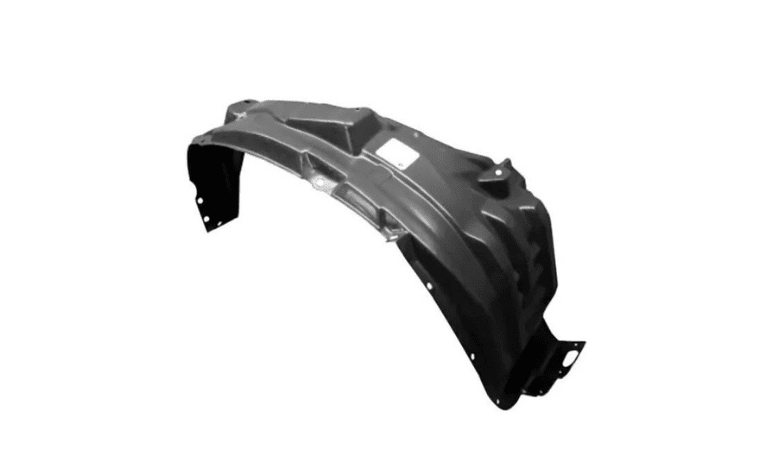Unless you’re a full-on car enthusiast, you may not know what fender liners are. You may not have even heard of them. However, as a car owner, you need to take good care of them so they can do their job.
What are fender liners?
Fender liners are sheets of plastic, steel, or aluminum that line the inside of your car’s wheel wells. On older cars, they are usually made of metal. Today’s fender liners are typically made of thermoplastic, which is highly resistant to rust and wear.
Cars technically have two fender liners: one directly behind each front wheel. You won’t readily see the liners, unless you look closely or remove a tire.
Why do you need fender liners?
Fender liners are not a manufacturing requirement for vehicles; however, it’s better to have them because they are designed to protect your vehicle.
Here are the reasons why need fender liners:
1. Protection for your engine
Fender liners protect the engine from all the muck on the road—mud, dust, snow, water, general grit, and chemical agents like gasoline. They prevent harmful substances from getting in the engine bay and causing damage and corrosion. Engine damage involves costly major repairs. If the damage is extreme, you might even find it’s more practical to purchase a new vehicle instead.
2. Protection for other interior components of the vehicle
Fender liners also protect other components that are exposed to harmful substances on the road through the bottom of your vehicle. These components include your headlights and wheel wells (i.e., the wirings and other components inside), which are susceptible to long-term damage caused by prolonged exposure to muck, snow, and moisture.
3. Improvement in appearance
Fender liners help improve the overall look of your vehicle, giving it a more polished appearance.
Caring for your fender liners
By protecting your engine and other interior components of your vehicle, you ensure your safety on the road and spare yourself the nightmare of major unplanned expenses.
Care for your fender liners by regularly cleaning them, along with your wheel wells. Use a degreaser, all purpose cleaner (APC), or bug and tar remover, to be followed by an application of protectant after you have rinsed and dried the surfaces. Your mechanic can also do the cleaning for you when you take your car into the garage for a detailing and a regular checkup.
Note that when you’re driving with a damaged fender liner, especially in the rain or snow, you run the same risk of exposing your engine and other interior components to dirt and moisture.
Replacing your fender liners
Cold temperatures and road debris can weaken your fender liners, causing cracks and other forms of deterioration. You’ll know if your fender liner is cracked or is missing a piece: you’ll hear the loud sound of dirt hitting the bottom of your car as you drive. If you have damaged/deteriorated fender liners, make sure to have them replaced, as they can make your vehicle less roadworthy.
Don’t worry about the cost, fender liners are inexpensive and easy to replace. However, don’t replace them yourself. Although the task is easy, it’s still a job best left to the pros since it requires special knowledge, including knowing which model is the best choice for your vehicle.
Take proper care of your car by paying attention to the parts that are not readily seen and are close to the ground, exposed to road debris.
For great savings opportunities for your repairs and maintenance work, check out EverCare’s vehicle service contract packages today.

